Lists



2 Books, 1 Show
anti-heroics
Sort by:
Recent Desc
More lists by Aurelius


medical
List includes: ER, The Pitt
January 2025
0
A
@Aurelius.Eos



anime i liked
List includes: Food Wars, Dr. Stone, Cautious Hero: The Hero Is Overpowered but Overly Cautious
July 2023
0
A
@Aurelius.Eos



J.Luv + Alley cat
4 me & my man 2 watch 2 gether
January 2023
0
A
@Aurelius.Eos
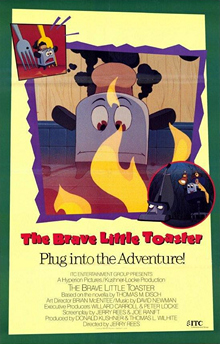
shivers- dark kid shit
List includes: The Brave Little Toaster
March 2022
0
A
@Aurelius.Eos


anime movies
List includes: Summer Wars, Ghost in the Shell
March 2022
0
A
@Aurelius.Eos

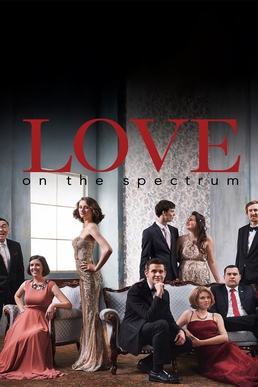

good reality tv
List includes: Hotel Hell, Love on the Spectrum, Jo Frost Extreme Parental Guidance
March 2022
0
A
@Aurelius.Eos

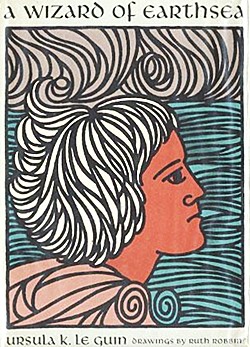

childhood /adolescent books
List includes: Harry Potter and the Sorcerer's Stone, A Wizard of Earthsea, Sunshine
November 2021
0
A
@Aurelius.Eos
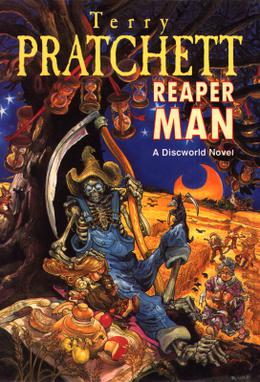

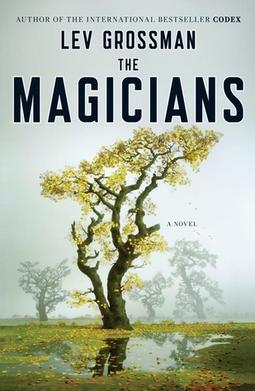
sci fi/fantasy BOOKS
List includes: Reaper Man, The Name of the Wind, The Magicians
October 2021
0
A
@Aurelius.Eos


thriller killers
List includes: The Silence of the Lambs, You
October 2021
0
A
@Aurelius.Eos